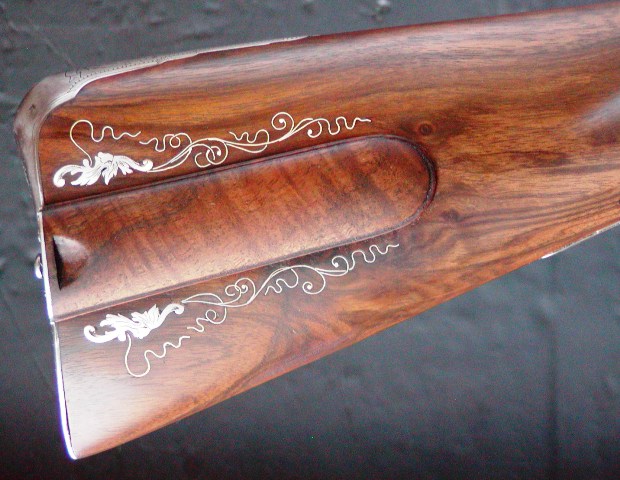- Joined
- Jan 12, 2021
- Messages
- 29
- Reaction score
- 26
I'm fairly new to muzzle loading, but I've refinished a few stocks in recent years for modern rifles. I really like a hand-rubbed BLO finish and have put in the time to make them come our right.
Now that I'm building my first muzzleloader (Bucks County), I'm experimenting with aqua fortis and then, Tried and True Danish oil. According to directions, I'm to apply it with a soft lint free cloth, wait 15 minutes, and then gently wipe off the excess with a clean rag. However, when I look at the label on the can, it appears it's primarily polymerized linseed oil.
Why wouldn't I apply it like BLO, using the friction of my hand to help set the oil?
Now that I'm building my first muzzleloader (Bucks County), I'm experimenting with aqua fortis and then, Tried and True Danish oil. According to directions, I'm to apply it with a soft lint free cloth, wait 15 minutes, and then gently wipe off the excess with a clean rag. However, when I look at the label on the can, it appears it's primarily polymerized linseed oil.
Why wouldn't I apply it like BLO, using the friction of my hand to help set the oil?









